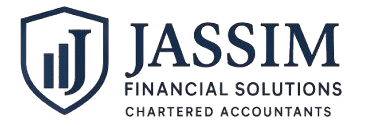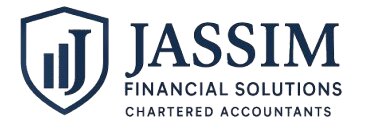Making Tax Digital for Income Tax: A Comprehensive Guide for Sole Traders and Landlords
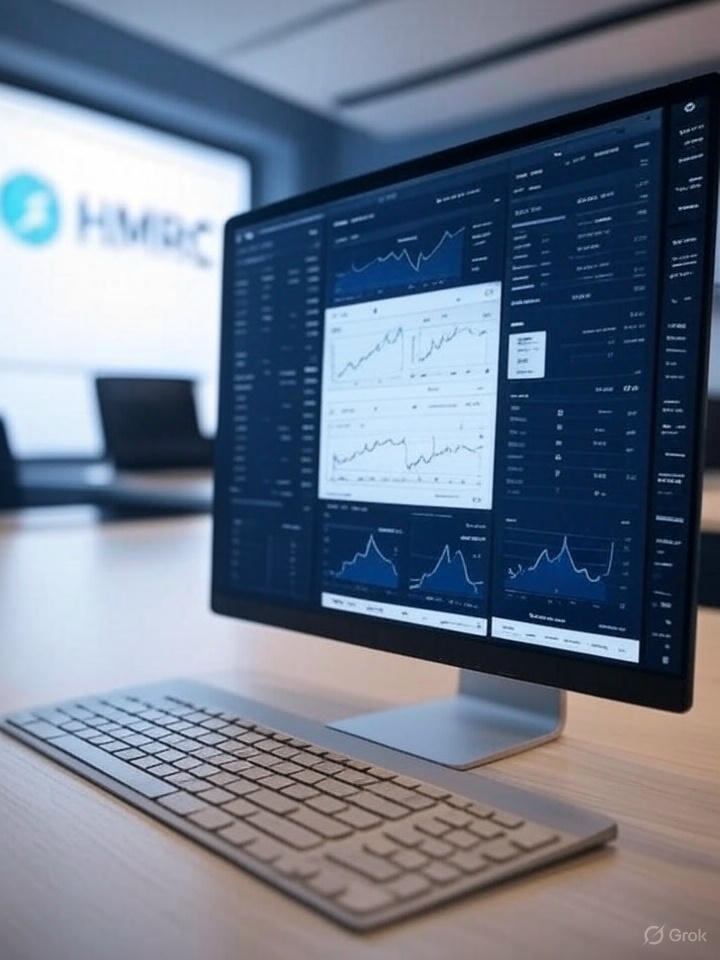
Making Tax Digital (MTD) for Income Tax is a transformative initiative by HMRC to modernize the UK tax system, replacing traditional Self-Assessment for many sole traders and landlords. This blog explores MTD for Income Tax in depth, covering its scope, requirements, benefits, and practical steps for compliance. With mandatory implementation starting April 2026, understanding MTD is crucial for businesses and accountants. This guide provides actionable insights to navigate the transition effectively.
Table of Contents
1. What is Making Tax Digital for Income Tax?
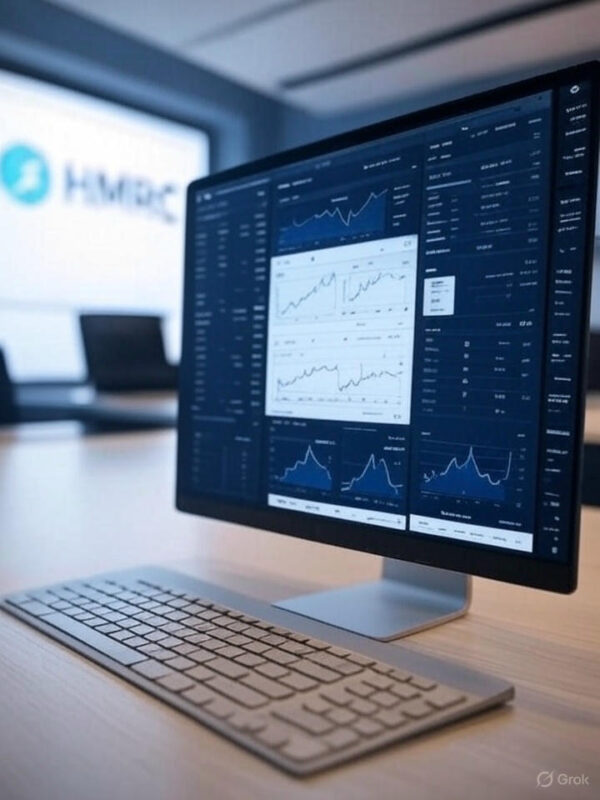
Making Tax Digital (MTD) for Income Tax, or MTD for ITSA (Income Tax Self-Assessment), is HMRC’s initiative to digitize tax reporting. It mandates sole traders and landlords to maintain digital records and submit quarterly updates using MTD-compatible software. The goal is to reduce errors, enhance efficiency, and provide real-time tax liability insights. From April 2026, MTD will replace the annual Self-Assessment return for those within its scope, starting with businesses and landlords earning above £50,000 annually. This shift aligns with HMRC’s broader vision of a fully digital tax system, streamlining compliance and improving accuracy. MTD builds on the success of MTD for VAT, extending digitalization to income tax processes.
2. Who Needs to Comply with MTD for Income Tax?

MTD for Income Tax applies to sole traders and landlords with annual gross income from self-employment or property letting exceeding specific thresholds. The phased rollout includes:
- April 2026: Individuals with income over £50,000.
- April 2027: Those with income over £30,000.
- By July 2029: Those with income over £20,000, as confirmed in the Autumn Budget 2024.
General partnerships and trusts are not yet included, but partnerships are expected to join later. Exemptions apply for those digitally excluded due to disability, age, or remote location, and for religious societies opposing electronic communications. Businesses can check eligibility using HMRC’s online tool to confirm their status and obligations.
3. Key Requirements of MTD for Income Tax
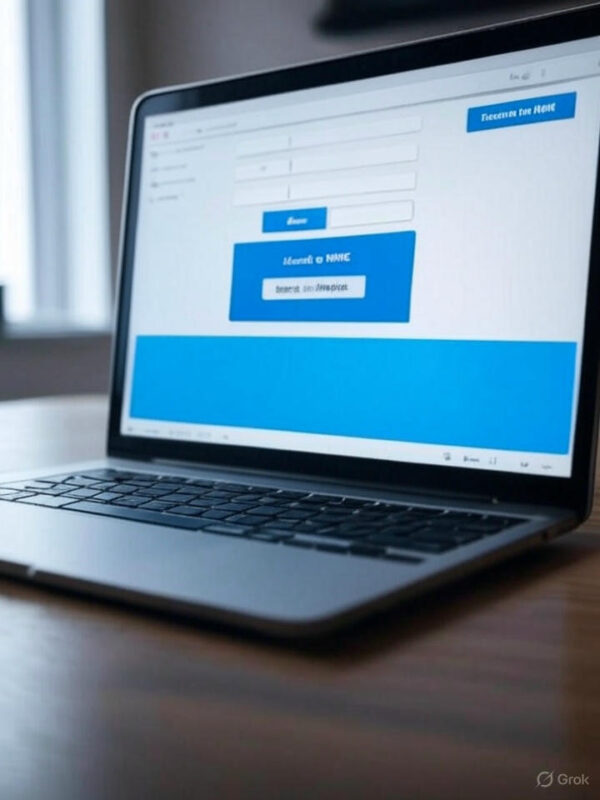
Compliance with MTD for Income Tax involves several key requirements:
- Digital record-keeping: Use MTD-compatible software to track income and expenses.
- Quarterly updates: Submit summaries of income and expenses every three months, with a one-month submission window after each quarter.
- Final Declaration: File an annual declaration by January 31 following the tax year, replacing the Self-Assessment return.
- Digital links: Ensure seamless data transfer between records and HMRC submissions without manual intervention.
HMRC provides estimated tax liabilities based on quarterly updates, which can be adjusted in subsequent submissions or the Final Declaration. Retail businesses can record daily gross takings, and landlords may claim allowances instead of actual expenses to simplify reporting.
4. Benefits of MTD for Income Tax

MTD for Income Tax offers significant advantages for businesses and accountants:
- Real-time insights: Quarterly updates provide ongoing estimates of tax liabilities, aiding budgeting and financial planning.
- Error reduction: Digital records minimize manual errors common in paper-based systems.
- Time savings: Automation reduces administrative burdens, allowing focus on core business activities.
- Enhanced accountant services: More frequent updates enable accountants to offer proactive advice and support.
For sole traders and landlords, MTD simplifies tax management, while accountants can expand services by guiding clients through software selection and compliance. Early adopters report improved financial visibility and reduced year-end stress, making MTD a step toward modernized tax processes.
5. Choosing the Right MTD-Compatible Software
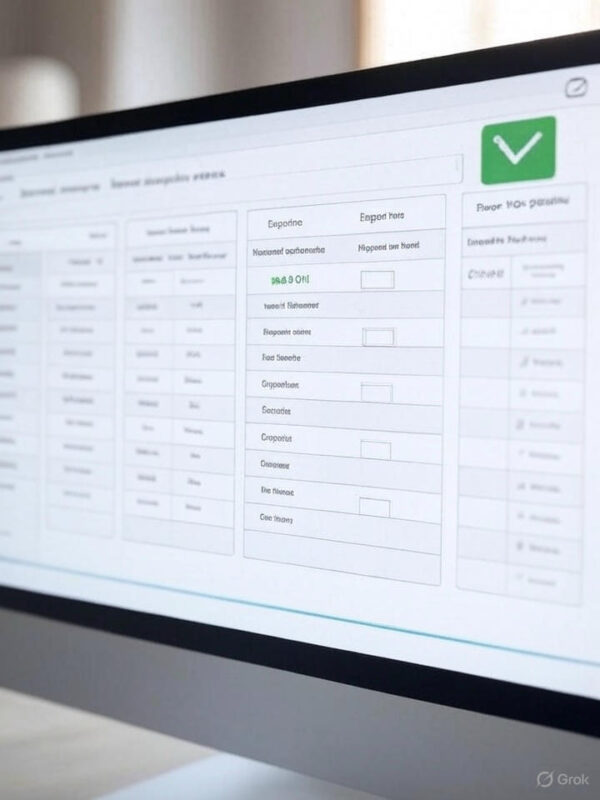
Selecting the right software is critical for MTD compliance. Key factors to consider include:
- HMRC compatibility: Ensure the software is on HMRC’s approved list, such as Xerp, FreeAgent, Sage, or QuickBooks.
- Ease of use: Opt for intuitive interfaces to simplify record-keeping for non-tech-savvy users.
- Integration: Check compatibility with existing accounting systems or bank feeds.
- Support and training: Choose providers offering robust customer support and resources.
Retail businesses can record daily takings, while landlords may use simplified expense allowances. Testing software through HMRC’s pilot program helps identify the best fit before mandatory compliance. Researching user reviews and trialing multiple options ensures the software meets specific business needs.
6. Preparing for MTD: Steps for Sole Traders and Landlords
To ensure a smooth transition to MTD, follow these steps:
- Check eligibility: Use HMRC’s online tool to confirm when MTD applies based on income thresholds.
- Select software: Research and choose MTD-compliant software suited to your business.
- Transition to digital: Convert paper records to digital formats, ensuring accuracy.
- Join the pilot: Participate in HMRC’s MTD pilot to test systems and processes.
- Engage an accountant: Seek professional advice to optimize compliance and tax efficiency.
Starting early reduces pressure, especially for those mandated from April 2026. Training staff and testing software integrations can further streamline the process, ensuring readiness for quarterly submissions.
7. The Role of Accountants in MTD Compliance

Accountants are essential for MTD success, offering:
- Education: Explaining MTD requirements and deadlines to clients.
- Software support: Assisting with selection, setup, and training for MTD-compliant tools.
- Process optimization: Guiding clients through digital record-keeping and quarterly submissions.
- Ongoing advice: Providing insights based on quarterly updates and Final Declarations.
Accountants need an Agent Services Account (ASA) to manage client submissions, requiring HMRC authorization via a digital handshake. By embracing MTD, accountants can strengthen client relationships and expand services, positioning themselves as key advisors in the digital tax era. Their expertise ensures compliance and maximizes tax efficiency for clients.
8. Penalties and Exemptions
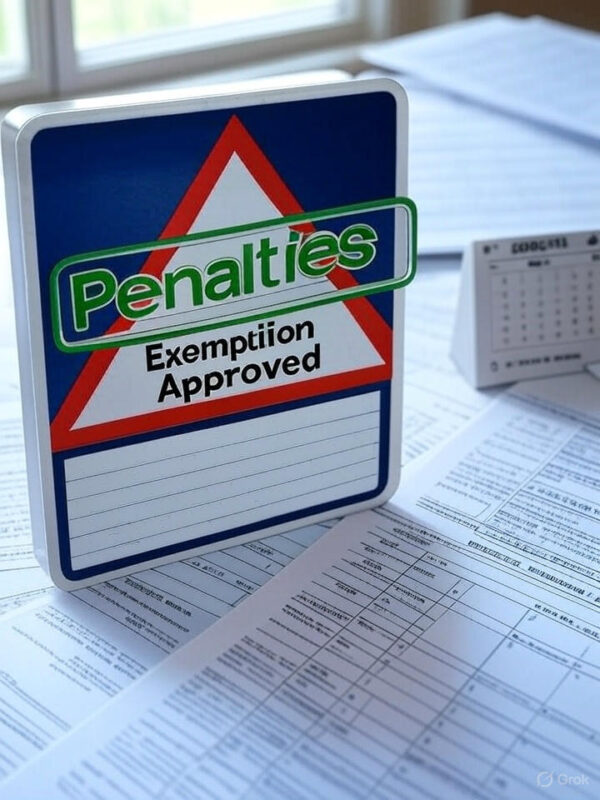
MTD for Income Tax introduces penalties aligned with MTD for VAT, including:
- Late submissions: Fines for delayed quarterly updates or Final Declarations.
- Late payments: Charges for overdue tax payments based on HMRC estimates.
Exemptions are available for:
- Automatic exemptions: Individuals without a National Insurance number or foster carers.
- Applied exemptions: Those unable to use digital tools due to disability, age, or remote location.
- Religious exemptions: For societies opposing electronic communications.
Businesses can apply for exemptions via HMRC’s process. Staying informed about deadlines and maintaining accurate records helps avoid penalties and ensures compliance.
9. Common Challenges and Solutions

MTD for Income Tax poses challenges, particularly for small businesses:
- Learning curve: Digital systems can be intimidating. Solution: Start with user-friendly software and access HMRC’s training resources.
- Software costs: MTD-compliant tools may involve fees. Solution: Explore free options like formatted spreadsheets or low-cost software.
- Time demands: Quarterly updates require regular effort. Solution: Use automation features to streamline data entry and submissions.
Participating in HMRC’s pilot program allows businesses to test systems and address issues early. Seeking accountant support can also mitigate challenges, ensuring a smoother transition to MTD compliance.
10. The Future of MTD and Tax Digitalization

MTD for Income Tax is a stepping stone to a fully digital tax system. Future developments include:
- Corporation Tax: MTD for Corporation Tax is planned for 2028, following a 2020 consultation.
- Partnerships: General partnerships are expected to join, though no start date is confirmed.
- Lower thresholds: Income thresholds may decrease further, potentially including those below £20,000.
HMRC’s 2025 public beta testing will refine MTD processes, encouraging early adoption to address issues. As digitalization expands, businesses and accountants must stay informed to adapt to evolving tax requirements and leverage technology for efficiency.
Conclusion
Making Tax Digital for Income Tax is a significant shift for sole traders and landlords, mandating digital record-keeping and quarterly submissions from April 2026. By understanding requirements, selecting appropriate software, and preparing early, businesses can ensure compliance and benefit from streamlined processes. Accountants play a crucial role in guiding clients through this transition, offering expertise and support. Start now to embrace MTD and navigate the future of tax digitalization confidently. For more details, visit HMRC’s MTD guidance or consult a tax professional.
